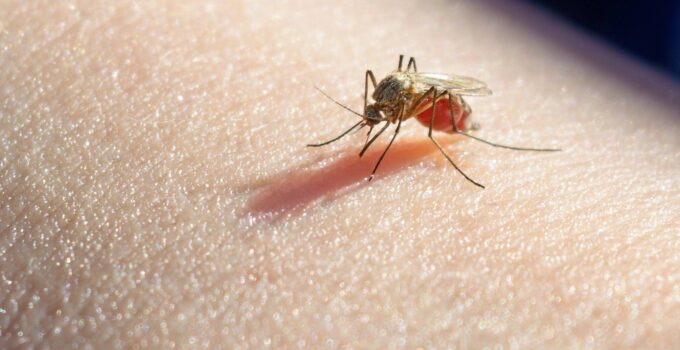Mosquitoes, those tiny buzzing insects that often seem like a minor annoyance, are, in reality, carriers of deadly diseases. Mosquito-borne diseases pose a significant threat to global health, affecting millions of people each year. These diseases are caused by various pathogens, including viruses and parasites, transmitted through mosquito bites. Understanding these diseases is crucial to protect ourselves and our communities from their devastating impact. In this blog post, we will delve into 9 of the most dangerous mosquito-borne diseases, exploring their symptoms, transmission, global impact, and prevention strategies.
Page Contents
Malaria: Symptoms, transmission, and global impact
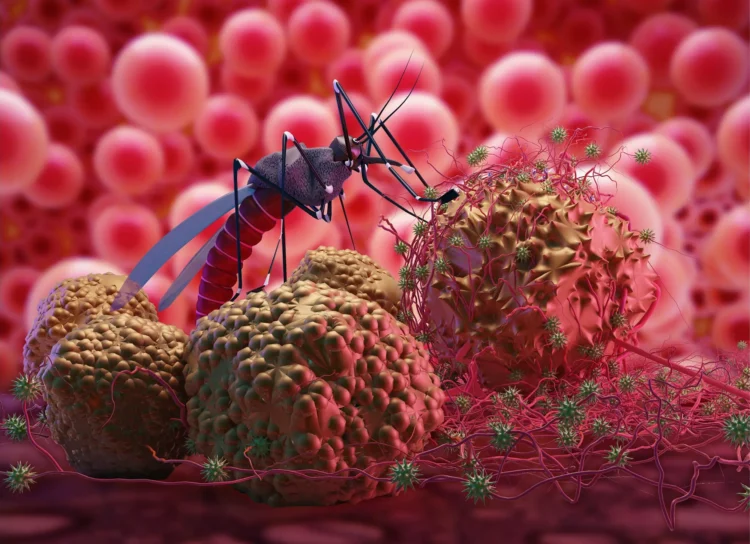
Source: youtube.com
Malaria stands as one of the oldest and most widespread diseases, claiming hundreds of thousands of lives each year. It is caused by the Plasmodium parasite transmitted through the Anopheles its bite. Symptoms include fever, chills, and flu-like illness. Sub-Saharan Africa bears the brunt of malaria’s impact, but the disease also affects parts of Asia and South America. Efforts to combat malaria include insecticide-treated bed nets, indoor residual spraying, and antimalarial drugs. Despite these measures, challenges such as drug resistance and climate change continue to pose hurdles in eradicating this life-threatening disease. In regions like Cape Cod mosquito control initiatives have become increasingly vital to prevent the spread of illnesses like West Nile virus and Eastern equine encephalitis.
Zika virus: Emerging threat and health implications
The Zika virus came into the spotlight as an emerging threat in recent years. Transmitted primarily by the Aedes mosquito, the virus raised global concern due to its association with severe birth defects like microcephaly in infants born to infected mothers. Additionally, Zika can lead to neurological complications in adults. The outbreak of this virus in different regions has emphasized the importance of mosquito surveillance, public health education, and measures to control its populations to minimize its spread.
Dengue fever: Spreading trends and prevention measures
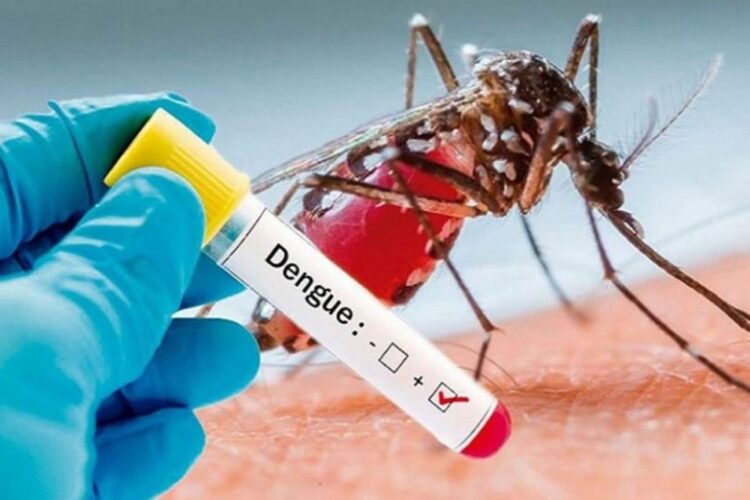
Source: pinterest.com
Dengue fever, caused by the dengue virus and transmitted by Aedes mosquitoes, has become a major public health concern worldwide. With symptoms ranging from a mild flu-like illness to severe hemorrhagic fever and shock, dengue affects millions annually, especially in tropical and subtropical regions. Climate change and urbanization have contributed to the spread of Aedes mosquitoes, leading to increased transmission. Preventive efforts involve reducing breeding sites, community engagement, and early detection and management of cases to prevent severe outcomes.
Chikungunya: Clinical features and affected regions
Chikungunya, an arboviral disease transmitted by Aedes mosquitoes, shares some symptoms with dengue, making it challenging to diagnose accurately. The disease manifests with high fever, joint pain, and rash, causing significant morbidity. Since its re-emergence in the early 2000s, chikungunya has spread to various parts of Asia, Africa, Europe, and the Americas. The absence of specific antiviral treatment highlights the importance of these control measures to curb its transmission and protect vulnerable populations.
Yellow fever: Historical outbreaks and vaccination strategies
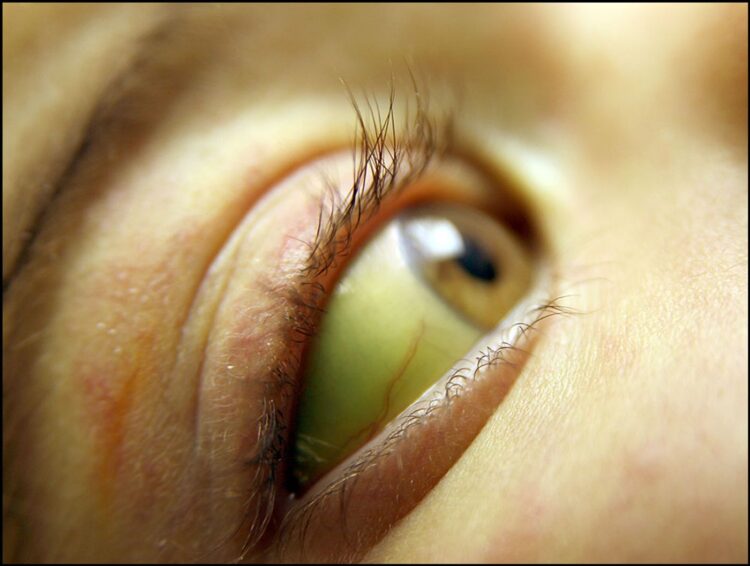
Source: youtube.com
Yellow fever has a long history of devastating outbreaks, particularly in Africa and South America. The yellow fever virus is transmitted by Aedes and Haemagogus mosquitoes, causing symptoms ranging from mild fever to severe organ failure. The development of an effective vaccine has been a critical milestone in controlling yellow fever. Mass vaccination campaigns in endemic regions and international regulations for travelers to high-risk areas have played a crucial role in preventing widespread outbreaks.
West Nile virus: Ecological factors and human infection
The West Nile virus, primarily transmitted by Culex mosquitoes, has become a significant concern in recent decades. It can cause severe neurological diseases such as encephalitis and meningitis. The virus circulates between them and birds, with humans and other animals serving as incidental hosts. Environmental factors, such as temperature and rainfall, influence its transmission dynamics. Public health efforts focus on surveillance, this control, and educating the public about preventive measures to reduce the risk of infection.
Japanese encephalitis: Neurological complications and risk factors
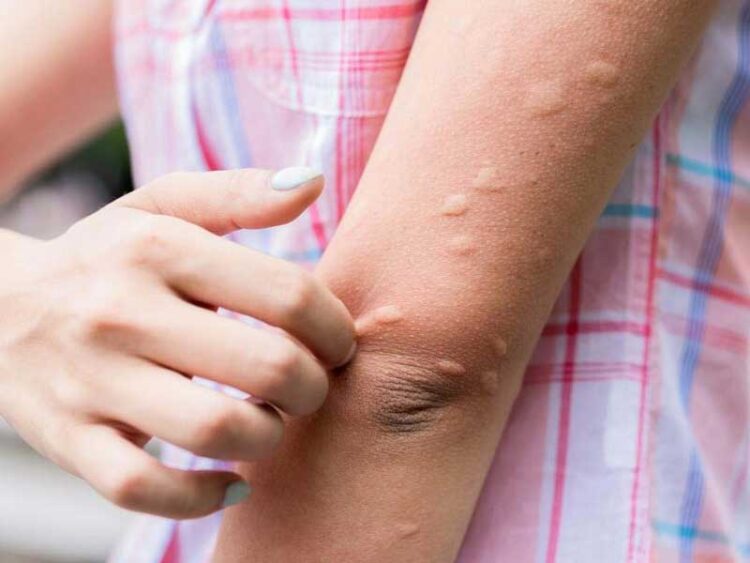
Source: pinterest.com
Japanese encephalitis is a viral disease spread by Culex mosquitoes and predominantly affects rural areas in Asia. It can lead to inflammation of the brain, causing severe neurological complications and a high mortality rate. Vaccination campaigns targeting high-risk populations have been successful in reducing the disease burden. Understanding the virus’s transmission cycle and implementing the control strategies remain essential to prevent outbreaks and protect vulnerable communities.
Rift Valley fever: Animal reservoirs and potential human outbreaks
Rift Valley fever primarily affects animals like livestock, but humans can also contract the disease through bites or direct contact with infected animals. The virus is transmitted by various species and can lead to severe human outbreaks with symptoms ranging from a mild flu-like illness to hemorrhagic fever or encephalitis. Controlling outbreaks involves vaccination of livestock, surveillance to detect early cases, and control measures.
Eastern equine encephalitis: Rare but severe neurological consequences
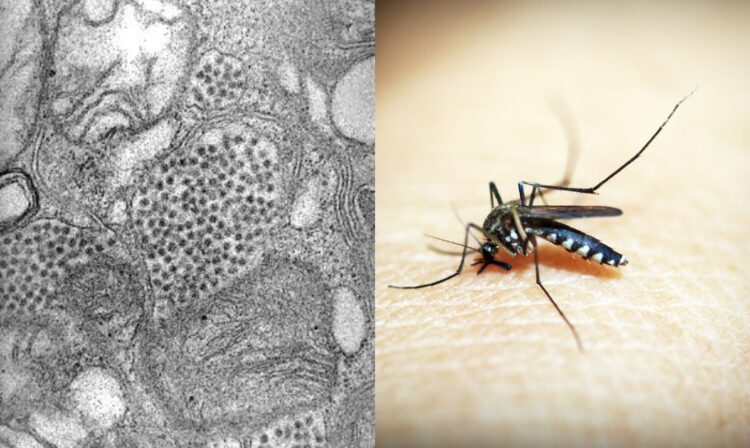
Source: pinterest.com
Eastern equine encephalitis (EEE) is a rare but highly dangerous mosquito-borne disease. The virus circulates between birds and Culiseta mosquitoes, occasionally infecting horses and humans. EEE has a high fatality rate and often causes severe neurological complications in survivors. Due to the rarity of cases, there is no specific treatment for EEE. Preventive measures include avoiding mosquito bites and controlling mosquito populations in affected regions.
Mosquito control methods and public health interventions
Given the devastating impact of mosquito-borne diseases, controlling mosquito populations is crucial for reducing their transmission. Integrated Vector Management (IVM) strategies involve a combination of methods, such as environmental management, using insecticides, and biological control agents, to target different mosquito life stages. Additionally, public health interventions, such as community education, surveillance systems, and vaccine development, play pivotal roles in combating these diseases.
Conclusion
In conclusion, mosquito-borne diseases present a significant public health challenge globally. Understanding the symptoms, transmission, and impact of these diseases empowers us to take preventive measures and implement effective control strategies. Combating these diseases requires collaboration between governments, international organizations, and communities to safeguard public health and create a safer world for everyone. Let us remain vigilant against the mosquito menace, as knowledge and proactive actions are our most potent weapons in the fight against these deadly diseases.

